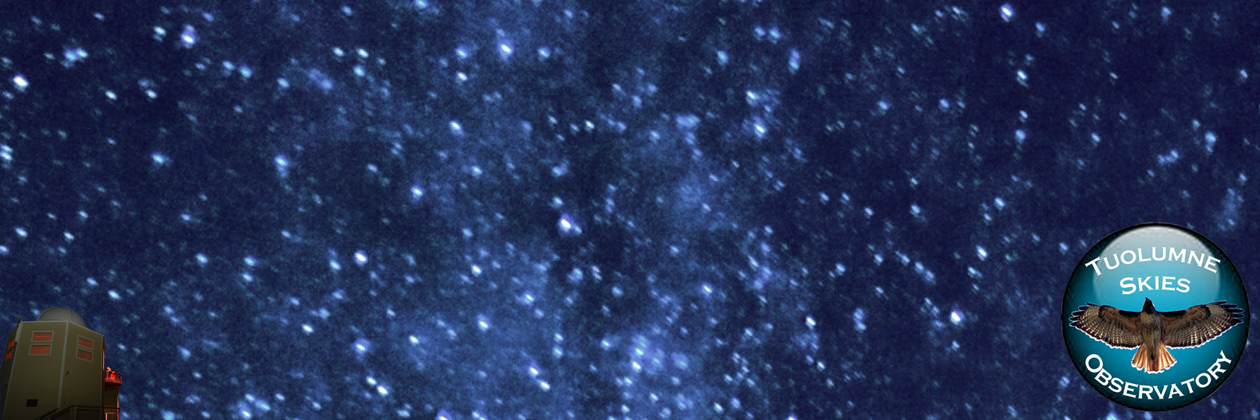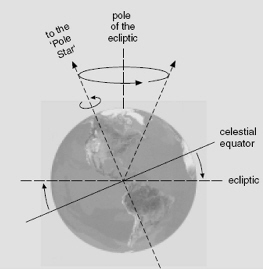There are four lesser effects which must also be considered to arrive at an accurate prediction:
- Precession of the equinoxes, a 25,700 year cycle which reflects a slow shift in the Earth’s axis of rotation. (In the course of a year, this causes a shift in the apparent positions of observed objects of the order of tens of seconds of arc.)
- Nutation, which is a smaller periodic shift in the Earth’s axis, superimposed on the 25,700 year precession, and chiefly connected with the orbit of the moon
- Aberration, a slight shift of the apparent direction of a distant star or planet relative to the true one, due to the compound effect of the finite velocity of light and the velocity of the observer during the time it takes light to reach the observer
- Diffraction, the bending of light in the atmosphere, which shifts the apparent position of stars and planets depending on the angle above the horizon. (Astronomers will typically make corrections due to diffraction when reporting observed positions.)
Gauss focused on the first three, primary effects, with his method. And he found a way to find Ceres’ orbit without dealing with each in turn. His method elegantly deals with all of these effects together, which made the problem solvable.

